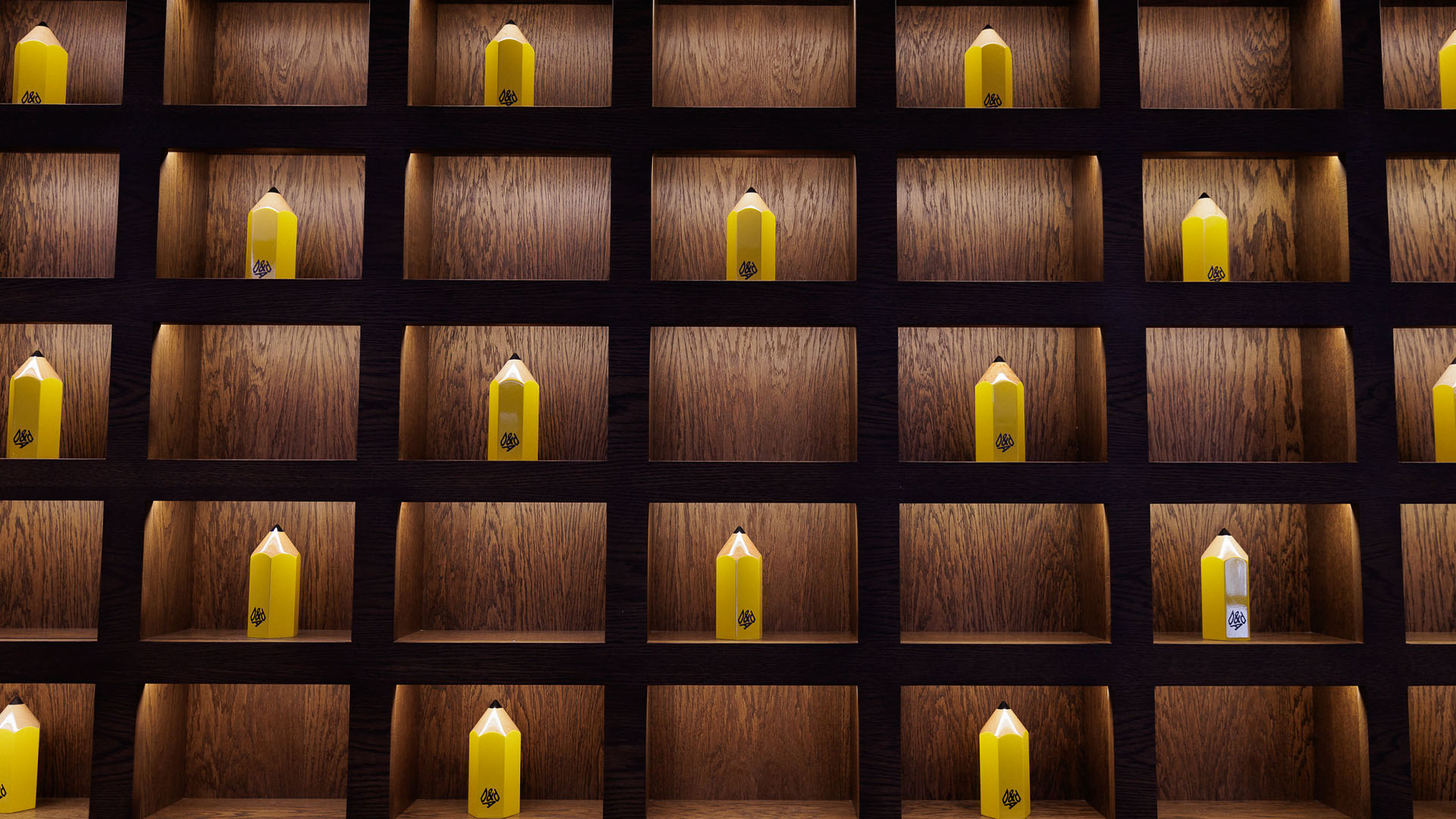Inside the art of Annibale Siconolfi
The Italian artist’s architectural background, the design philosophies behind his work, and why he’s a supporter of NFTs.
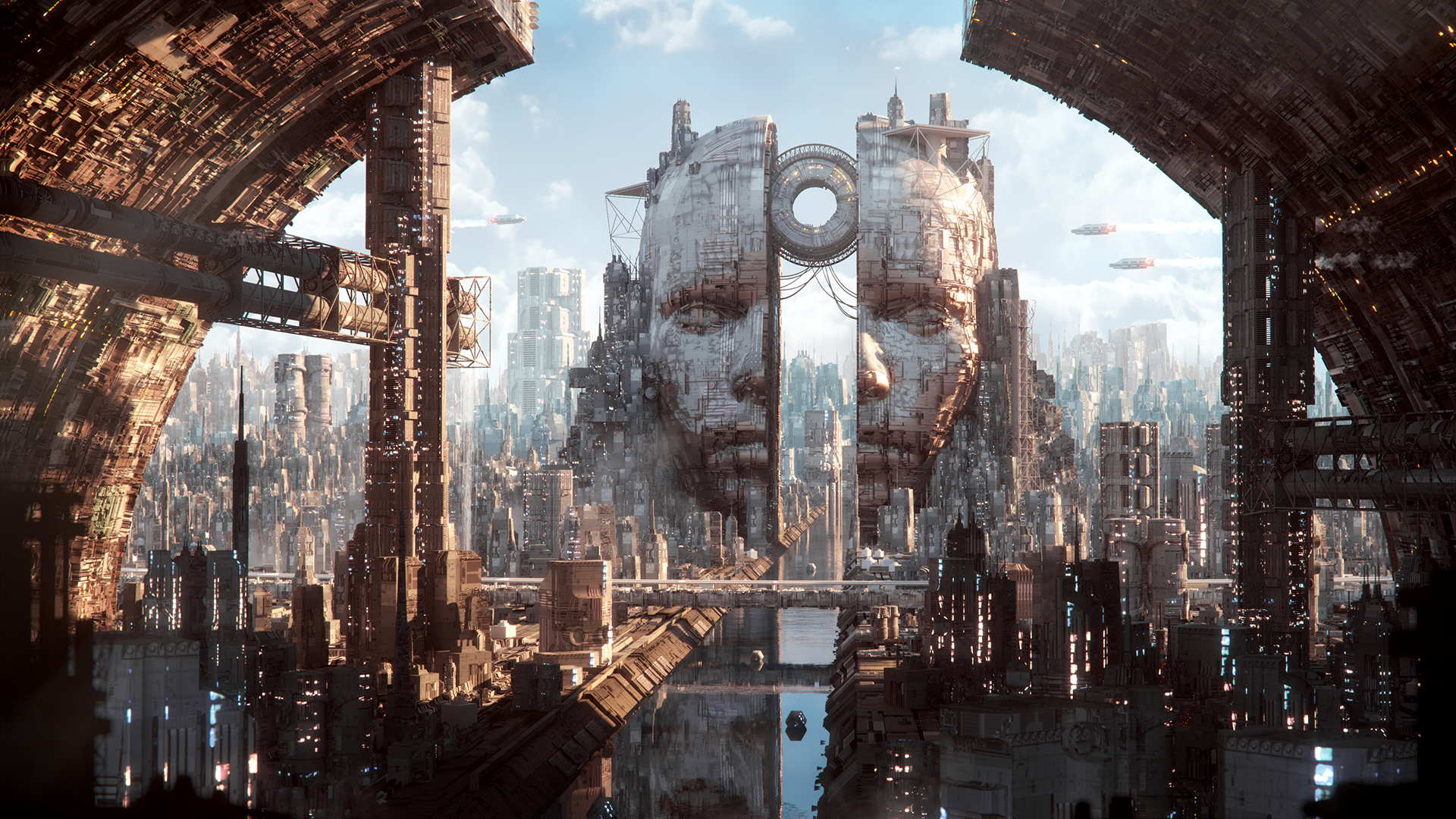
Annibale Siconolfi, also known as Inward, is an artist and architect based in Italy, characterised by a unique and complex 3D modelling of futuristic cities and landscapes. He has experimented and studied different 3D techniques with the aim of giving life to his visions, defined by endless urban scenarios, and the coexistence of nature and technology.
An architectural education and a love for 3D has coalesced in a beautiful blend of talent that gives birth to out-of-this-world ideas. Despite the sci-fi leanings, his work is sensitive to many present issues such as global warming, human overpopulation and pollution. If you’ve never come across Inward’s work, you’re in for both a visual treat and an uncovering of influence and workflows.
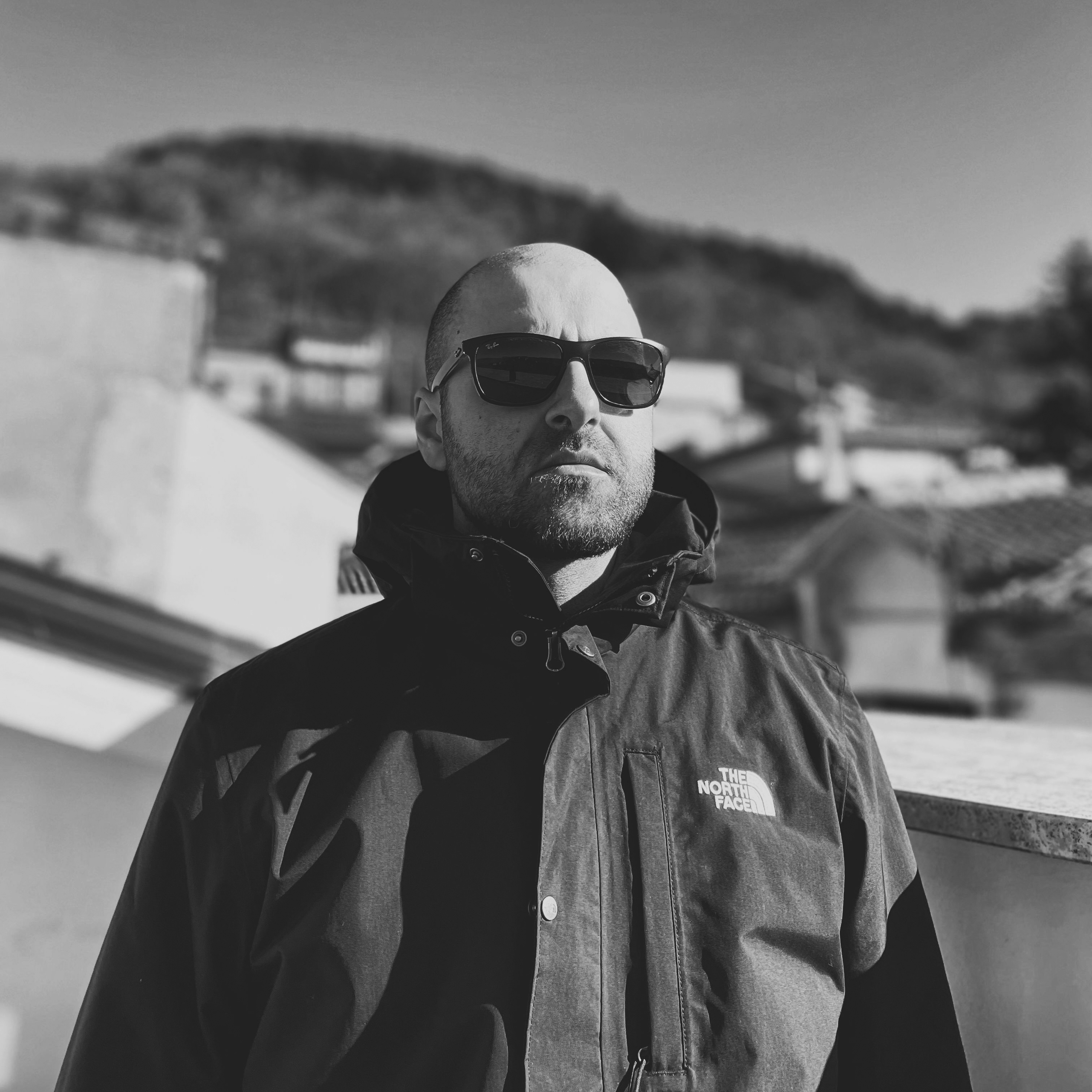
Annibale is an artist and architect whose work has been exhibited across the globe. His collaborations include international artists and brands such as Warner Bros., Grimes, NVIDIA studio, Acer, Photoshop and AMD.
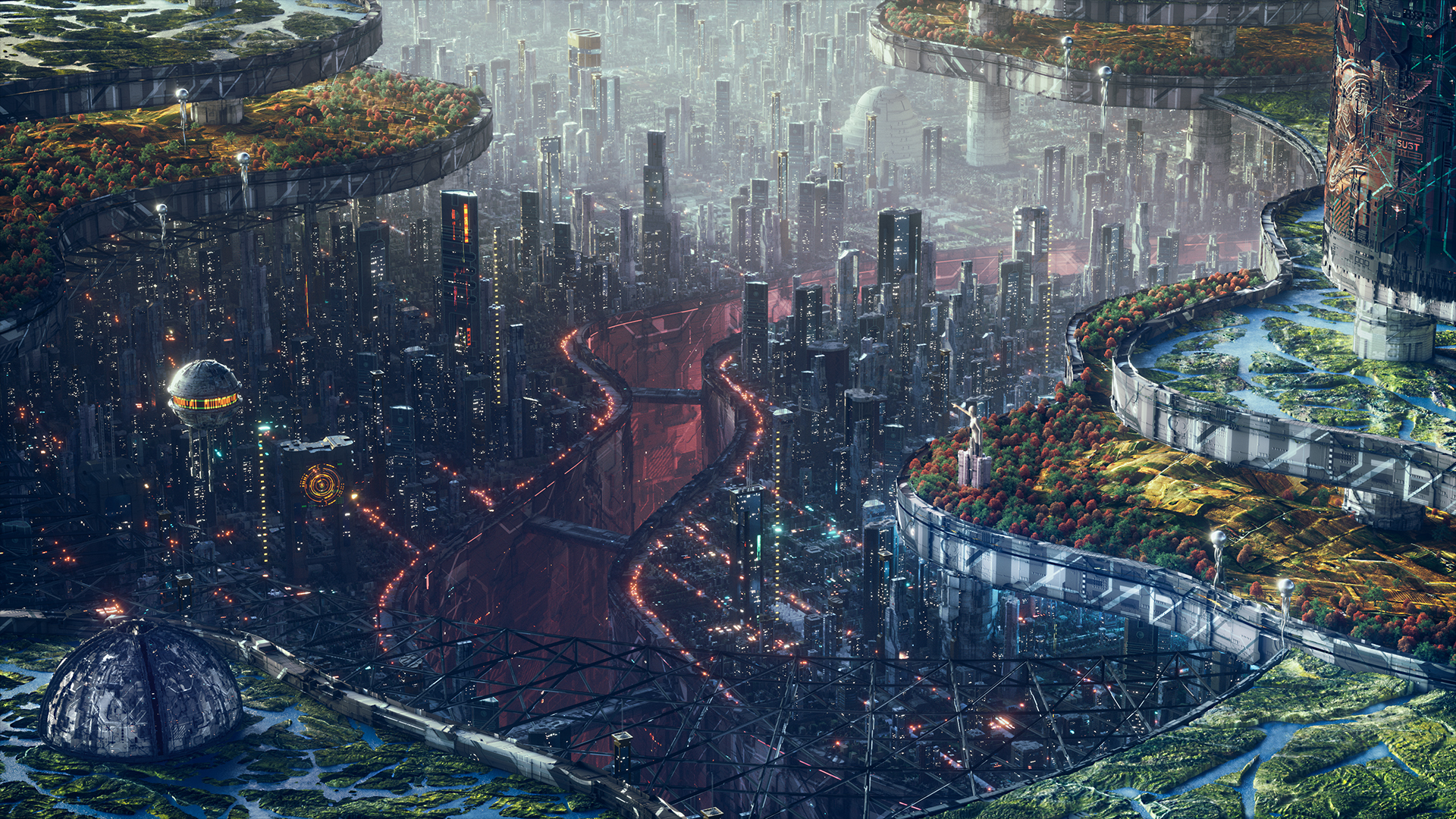
How did you get into creating 3D art in the first place?
I started experimenting with 3D software during my university studies in architecture. After studying at university, I found the amazing work of talented 3D artists and began to experiment with more creative ways to use 3D software. I’m influenced by the work of great architects like Le Corbusier, Antonio Sant’Elia, Étienne-Louis Boullée, Giovanni Battista Piranesi, and more. I think they were true visionaries.
You’re renowned for creating vast worlds. Where do you start with producing art that is so huge, and yet so detailed?
I have a background in architecture, so it’s natural for me to work with urban settings. I studied in Rome where I was surrounded by great examples of ancient architecture. I also produced electronic music for many years, mostly drum and bass or neurofunk, which is a very complex and detailed genre. I think that all of the studies and experiments I’ve done in the past converge in my art today.
What architectural genres are you most comfortable with, and how does the brutalist style inform your work?
I’m fascinated by brutalism and I like the concept behind it. The use of the béton brut has a strong impact that brings out the structure very well, and can be seen in more than one of my works. I’m also influenced by ancient architecture, with a particular admiration for the proportions of ancient temples. I like to combine classical elements like columns and sculptures with futuristic concepts.
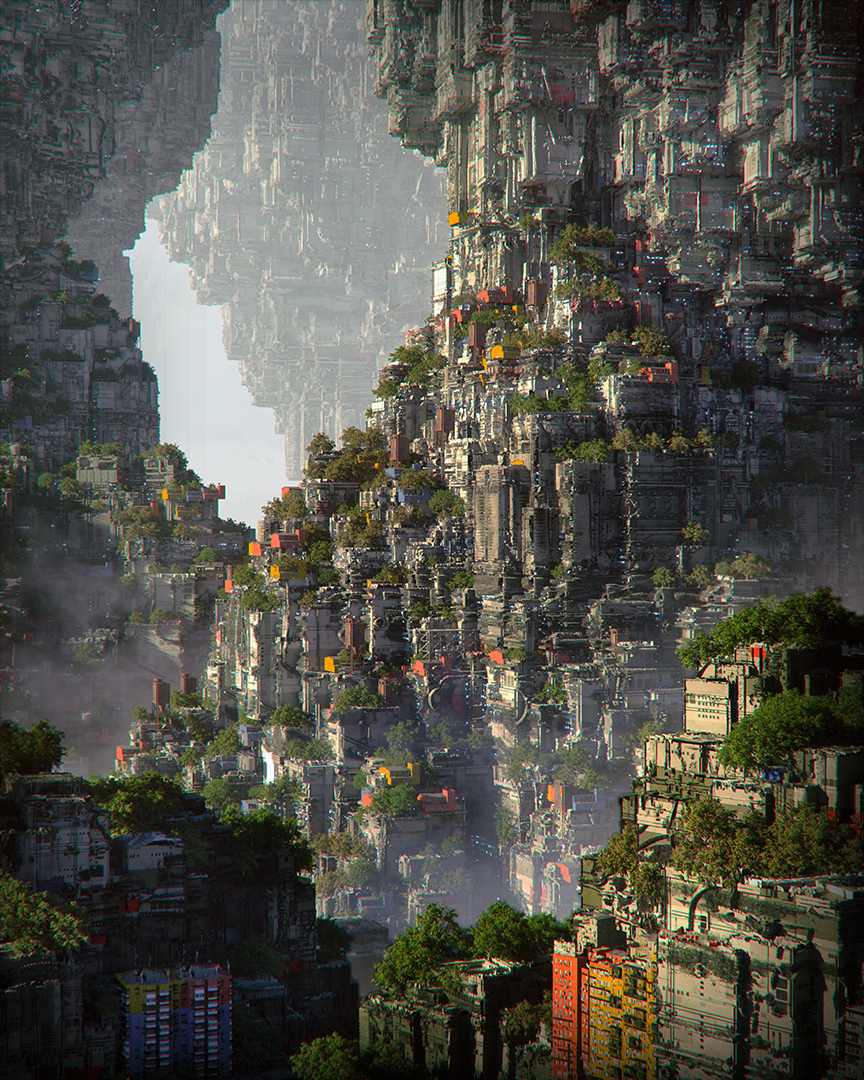
Do you make use of any traditional sketching techniques to help you during your work and compositions?
Usually I start directly with 3D software, but sometimes I start with a sketch. It helps me when I don’t have a clear vision, especially when I want to create something complex. Other times I’ll begin with a starting sketch of some central elements of the composition I have in mind. I focus very much on the shadows. During my architecture studies, I learned how important shading is during the creation of the composition.
What software do you rely on to be able to create the type of work you’re known for?
I mostly use Cinema 4D as the main creation software. In the past, I’ve used some kits like the ones from KitBash3D. They helped me a lot with the creation of city concepts. Lately I’ve started to use only my own assets, which I create with Moment of Inspiration [MoI3D] and Blender. I use Forester for the vegetation, and OctaneRender from OTOY as the main render engine. I love it and can’t live without the Live Viewport, as it allows me to see everything I create in real-time.
How do you plan the creation of renders that you can then composite together in post?
It depends on the kind of work I’m creating. I’ll render separate maps like beauty, depth, glare effects, and the like, and composite these together with Photoshop or After Effects. There are times where my PC can’t handle my renders, so it’s helpful to be able to break things down into individual components. In other works, I use fog volume to give depth to the scene, so I have to export and manage fewer maps for the post process.
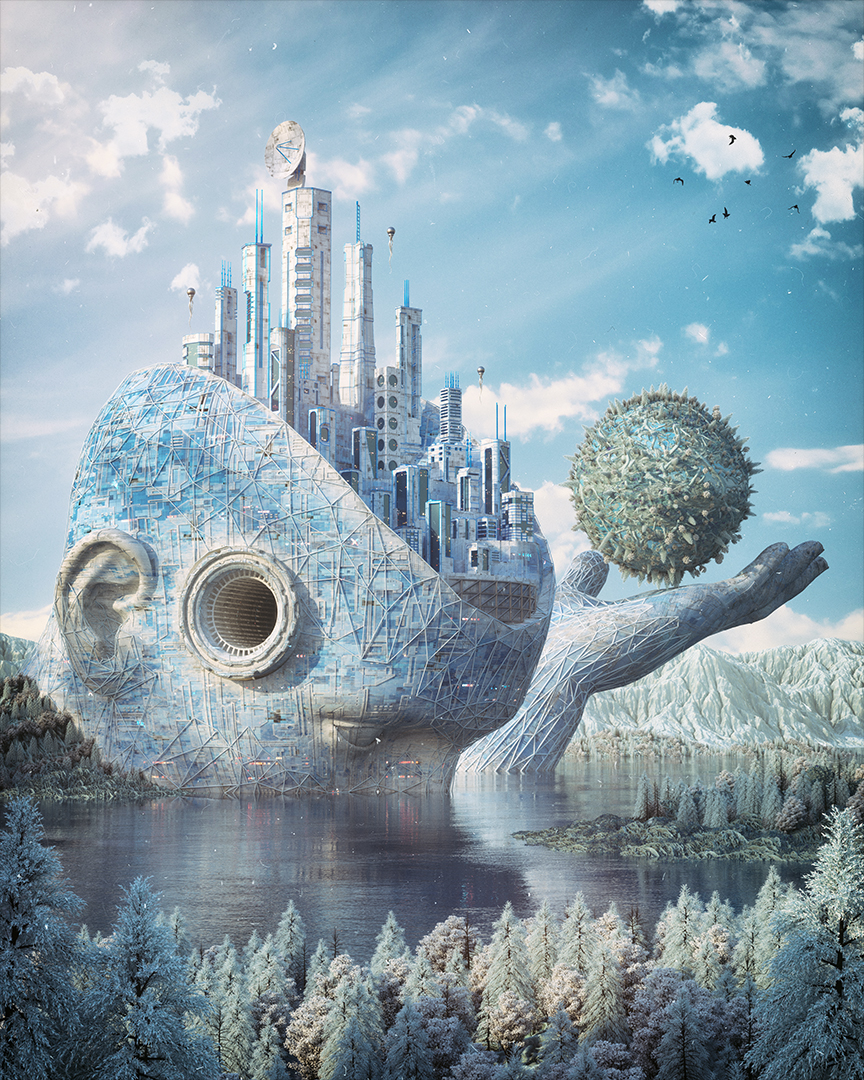
Which artists, 3D or traditional, would you say have influenced you over the years?
I started making 3D art when I found the amazing sci-fi work of Beeple and Paul Chadeisson. They inspired me a lot in the beginning. One of the traditional artists I admire is the legendary Moebius, primarily because of his style.
Recently, I visited the Sansevero Chapel Museum in Naples, which is famous for the Cristo Velato sculpture. I also found a masterpiece that left me stunned: a sculpture called Il Disinganno by Francesco Quierolo. The amount of detail is simply stunning, with the net alone taking him seven years to complete. This kind of artwork inspires me a lot. Nevertheless, a complete list of artists that I admire would be far too long to be mentioned here.
What is it about Moebius’s style that you love so much?
I really like the depth of his work. It’s something that you can see in other artists of the past too, like Tiziano [Vecelli], who used brighter elements in the background to give more depth to the image. But the way Moebius used this technique in futuristic scenarios impressed me a lot. Also, the scales he used were incredible. I think these are the elements of his work that have influenced me the most.
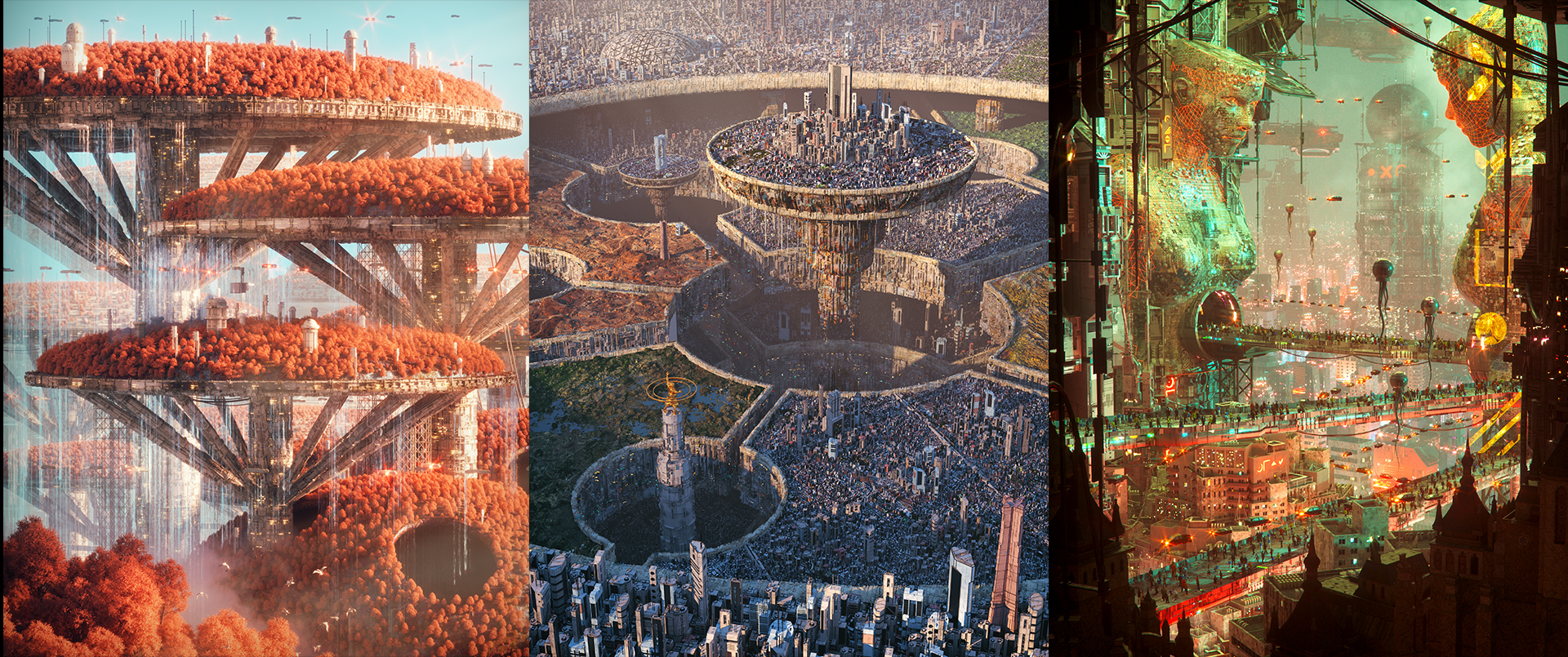
Your work appears beautifully structured. In what ways do you use shapes to define your work?
I like to play with classical proportions, shapes and monolithic elements. They are so pure and blend perfectly with nature. I’m also fascinated by the circle and the sphere. These shapes often define my compositions.
Which areas would you like to most improve upon?
I want to improve my modelling techniques and texturing. I’d like to try to integrate ZBrush into my workflow, for the use of more organic shapes. I’m using MoI3D for modelling, which is great for hard-surface but not so good for more natural-looking forms. Recently I’m also focusing more on colours and tones.
What is your favourite piece of art that you’ve created?
One of my favourites is Hidden City; one of my most iconic works. I like the way the sunlight comes into the circular structure and the proportions in general. It’s a dystopian vision, but the sunset gives it a sense of peace. It’s a sort of representation of the yin and yang. IRL is one of my favourite ones too. I like how I decomposed all the urban elements and placed them in a chaotic context.
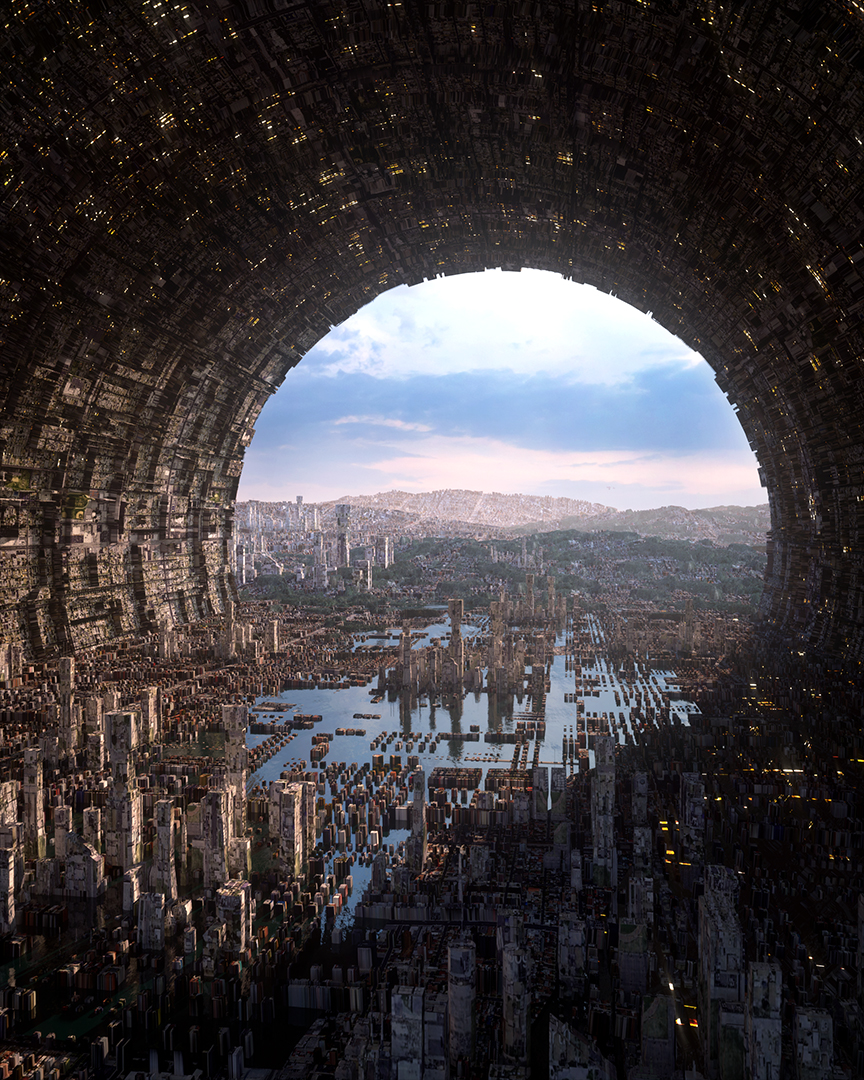
What are your thoughts on NFTs (non-fungible tokens) and how have they influenced your world?
I believe in NFTs as a great way to give real value to digital art. It’s a new technology that needs time to get better, but this is absolutely normal for any technological innovation. I’ve sold some of my works as NFTs through SuperRare and Nifty Gateway, with a lot of loyal collectors believing and investing in my work, something that makes me so proud. NFTs have also helped me to exhibit my work in physical places like museums and important streets around the world.
What direction do you see your art taking in the near future?
I like to experiment with new things every day. Some elements are always present in my art, but sometimes I like to rip things up and try new methods, so it’s hard to say what my art will be like in the next few years. That said, there are some things I’d like to try in the future such as 3D printing, as I’m very interested in producing something physical.
What three pieces of advice would you give yourself if you were starting out again?
First of all, don’t follow the hype! I think it’s very important to build your vision, start thinking about what you love, and go from there. The second piece of advice would be to have an open mind. Try every piece of tech at your disposal to build your style. And lastly, learn the techniques and then make them unique. Find your own unconventional way to make art and you’ll get some truly interesting results.
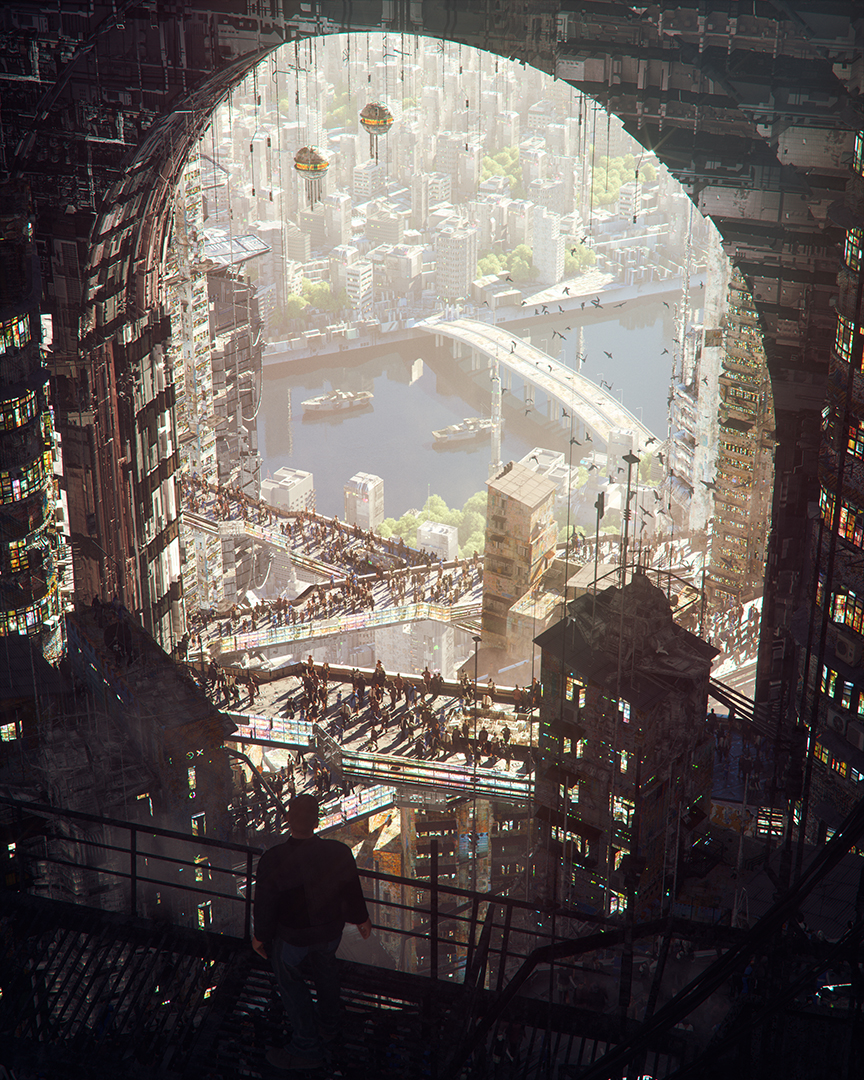
This interview originally appeared in 3D World magazine, the world's leading digital art, CG and VFX magazine. 3D World is on sale in the UK, Europe, United States, Canada, Australia and more. Limited numbers of 3D World print editions are available for delivery from our online store (the shipping costs are included in all prices).
Get the Creative Bloq Newsletter
Daily design news, reviews, how-tos and more, as picked by the editors.

Thank you for reading 5 articles this month* Join now for unlimited access
Enjoy your first month for just £1 / $1 / €1
*Read 5 free articles per month without a subscription

Join now for unlimited access
Try first month for just £1 / $1 / €1

Paul is a digital expert. In the 20 years since he graduated with a first-class honours degree in Computer Science, Paul has been actively involved in a variety of different tech and creative industries that make him the go-to guy for reviews, opinion pieces, and featured articles. With a particular love of all things visual, including photography, videography, and 3D visualisation Paul is never far from a camera or other piece of tech that gets his creative juices going. You'll also find his writing in other places, including Creative Bloq, Digital Camera World, and 3D World Magazine.
